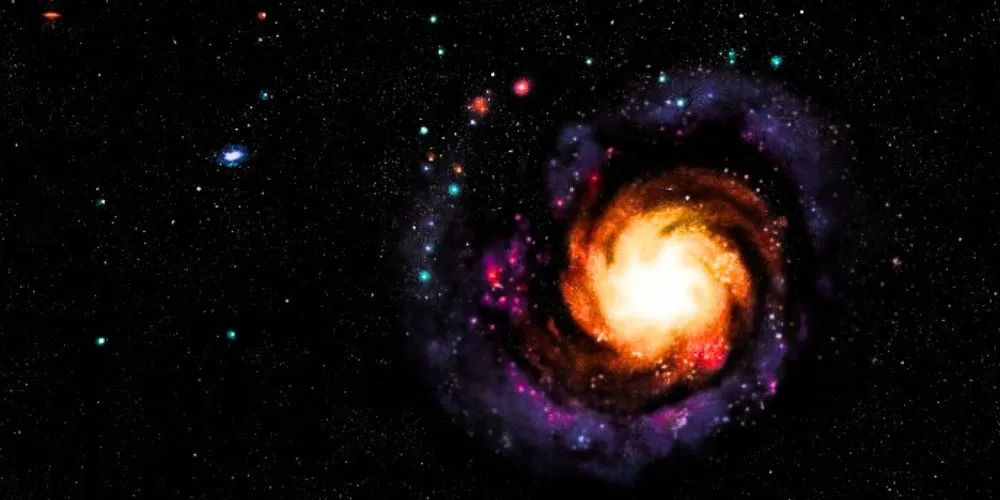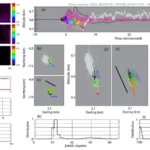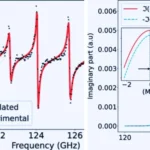In a breakthrough astronomical observation, scientists have utilized the Atacama Large Millimeter/submillimeter Array (ALMA) telescope to scrutinize BRI 1335-0417, an ancient spiral galaxy over 12 billion light-years away. This distant celestial entity, now recognized as the oldest and farthest-known spiral galaxy in the universe, offers a unique opportunity to delve into the mysteries of galactic formation, shedding light on the origins of our own Milky Way.
Lead author Dr. Takafumi Tsukui emphasized that the advanced capabilities of ALMA facilitated an in-depth examination of the ancient galaxy. The researchers were especially interested in understanding the dynamics of gas movement within and around BRI 1335-0417, a crucial factor influencing star formation processes.
The observations captured the intricate motion of gas within the galaxy and unveiled the formation of a seismic wave, a phenomenon previously unseen in early galaxies. The galaxy’s disk, a flattened region comprising rotating stars, gas, and dust, exhibited a unique oscillating motion akin to ripples spreading on a pond—a result of an external source influencing the galaxy.
Dr. Tsukui explained that the vertically oscillating motion observed in the galaxy’s disk could be attributed to external factors, such as the influx of new gas or interactions with smaller galaxies. Both scenarios suggest a replenishment of the galaxy’s fuel for star formation. Additionally, the study revealed the presence of a bar-like structure in the galactic disk, representing the most distant known structure of its kind.
The newfound insights into BRI 1335-0417 showcase the dynamic growth of a young galaxy. The galaxy’s considerable distance, with its light taking billions of years to reach Earth, provides a glimpse into its early stages when the universe was only 10% of its current age.
Co-author Associate Professor Emily Wisnioski emphasized the accelerated star formation rate in early galaxies, noting that BRI 1335-0417, despite having a mass similar to the Milky Way, forms stars at a rate several hundred times faster. Understanding how gas is supplied to sustain such rapid star formation remains a key focus of the researchers.
While direct observation of the galaxy’s evolution is impossible due to the nature of current observations, computer simulations will play a crucial role in piecing together the intricate story of this ancient spiral galaxy.










